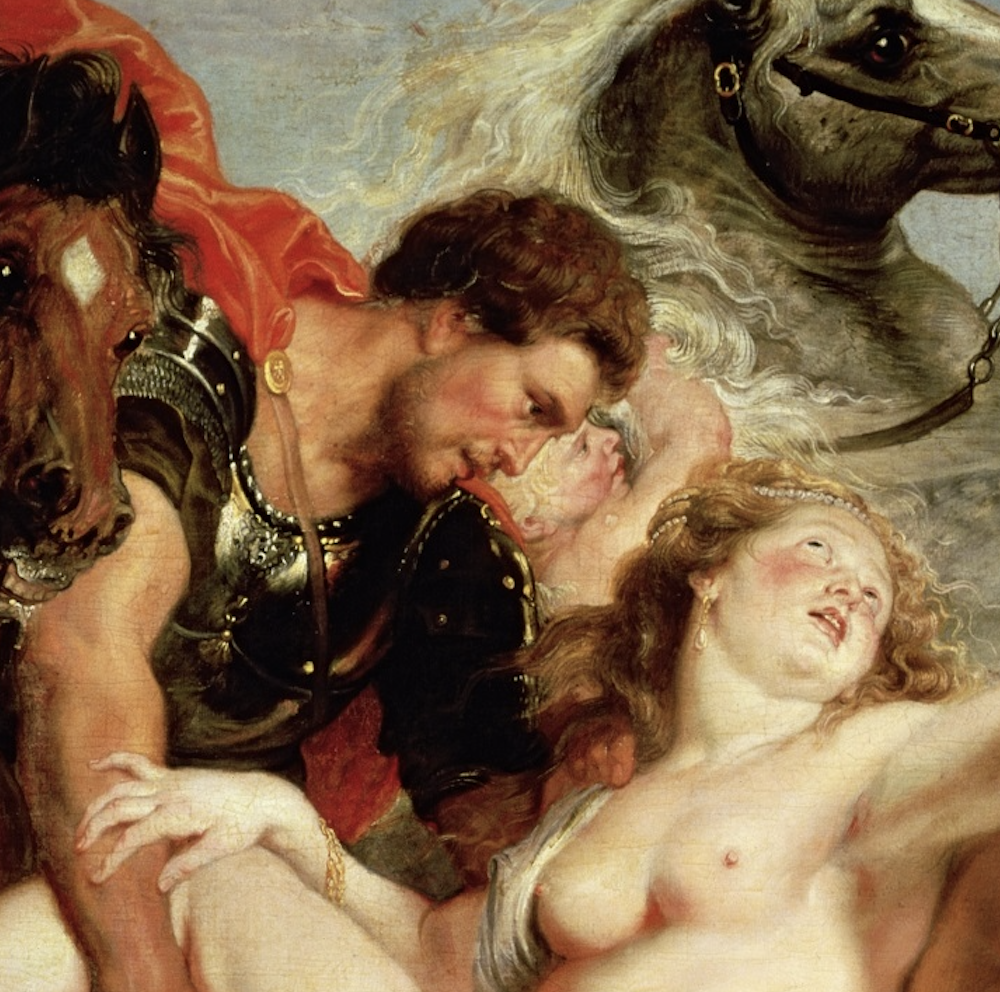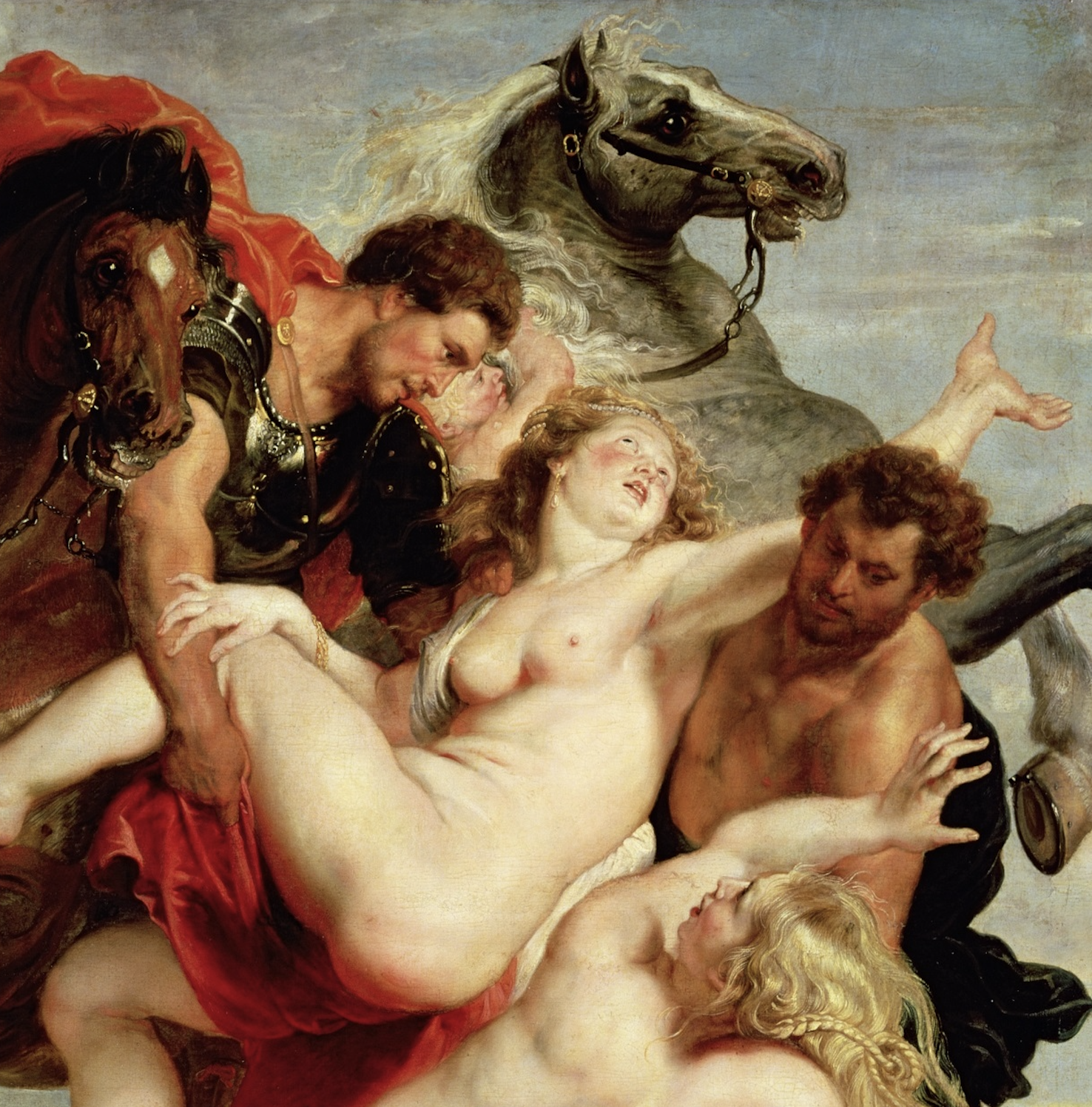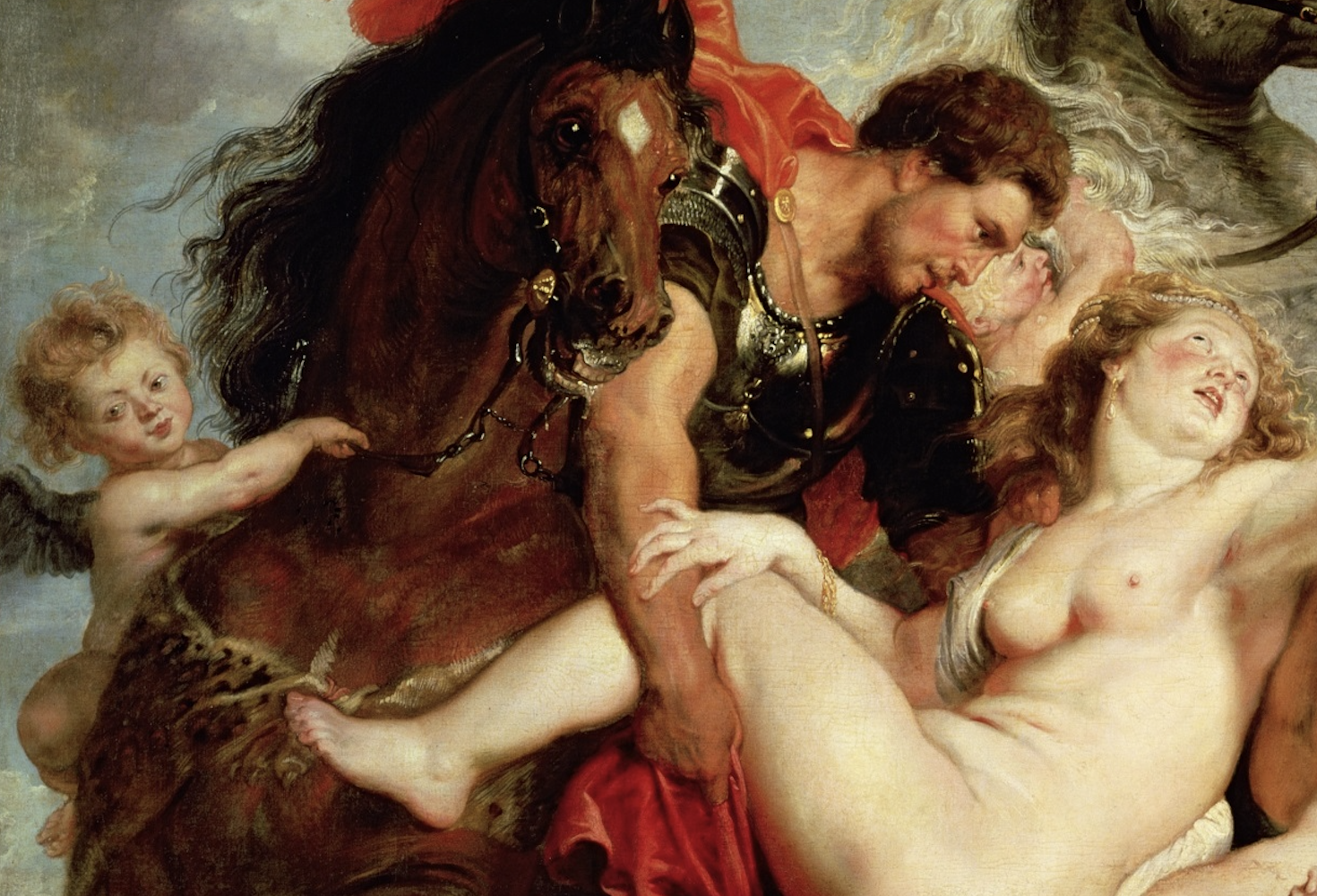Unveiling the Mythological Drama: «The Abduction of the Daughters of Leucippus» by Peter Paul Rubens

In the world of Baroque art, few names shine as brightly as that of Peter Paul Rubens. With his vivid colors, dynamic figures, and dramatic themes, Rubens left an indelible mark on the art world. One of his most captivating works, "The Abduction of the Daughters of Leucippus," serves not only as a testament to his artistic genius but also as a window into the mythology and cultural ideals of the 17th century.

The Artwork's Origins:
Commissioned around 1617, "The Abduction of the Daughters of Leucippus" is a masterpiece that combines classical mythology with Rubens' signature Baroque style. This oil on canvas painting measures an impressive 222 cm × 210 cm and now resides in the Alte Pinakothek museum in Munich, Germany.

Mythological Backdrop:
The narrative depicted in the painting is derived from Greek mythology. It tells the story of the twin brothers Castor and Pollux, known collectively as the Dioscuri, who abduct the daughters of King Leucippus, Phoebe and Hilaeira. The young women were betrothed to the twins' cousins, Lynceus and Idas, but Castor and Pollux, captivated by their beauty, decided to take them as their wives. The ensuing conflict would eventually lead to the death of Castor and the divine intervention by Zeus, granting the brothers shared immortality.

Artistic Analysis:
Rubens' rendition of this mythological tale is a magnificent showcase of motion and emotion. The figures' muscular bodies twist and turn in a choreographed tangle, a characteristic exemplar of the dynamic movement of the Baroque period. Furthermore, Rubens' use of chiaroscuro — the dramatic contrast between light and dark — accentuates the physical forms and adds a three-dimensional quality to the scene. This technique helps to create a sense of depth, with the figures seeming to burst from the canvas.

The colors in the painting are equally dramatic, with the warm tones of the flesh set against the cool, subdued background, drawing the viewer's attention directly to the central action. Drapery flows and folds around the figures, with Rubens' skillful depiction providing a textural counterpoint to the smoothness of skin and the rippling muscles.
Iconography and Interpretation:
In "The Abduction of the Daughters of Leucippus," Rubens does not just portray a mythological kidnapping; he unravels a complex narrative of desire, conflict, and the divine. The emotional expressions of the characters range from fear to defiance, love to aggression, suggesting the multifaceted nature of human experience. Some scholars posit that the painting could be interpreted as a celebration of marriage and fertility, given the ultimate unions of the Dioscuri with the daughters of Leucippus.

Furthermore, symbolic elements within the painting, such as the stark difference in lighting between the figures and the background, suggest the contrast between the mortal world and the divine realm. The Dioscuri, after all, were associated with both the earth and the heavens, as their fate would have them divide their time between the two.
Legacy and Influences:
Over the centuries, this painting has influenced countless artists and has been the subject of extensive scholarly research. As a work of art, it represents not only the apex of Rubens' technical prowess but also encapsulates the Baroque spirit of theatricality and grandeur.
Moreover, "The Abduction of the Daughters of Leucippus" stands as a cultural artifact that captures the zeitgeist of its period — an era rife with religious fervor and a revival of interest in classical antiquity. Rubens' ability to marry these elements within his composition is a testament to his enduring legacy as a master painter.

Peter Paul Rubens' "The Abduction of the Daughters of Leucippus" remains a breathtaking piece of art history. Through this painting, Rubens invites us to explore the deep reservoir of human emotions and the ancient stories that have shaped our understanding of the world. Just as the Dioscuri seized the daughters of Leucippus, Rubens' masterful brushstrokes seize the viewer, abducting them into a world where myth and reality are exquisitely interwoven.
Теги
art, Peter Paul Rubens.